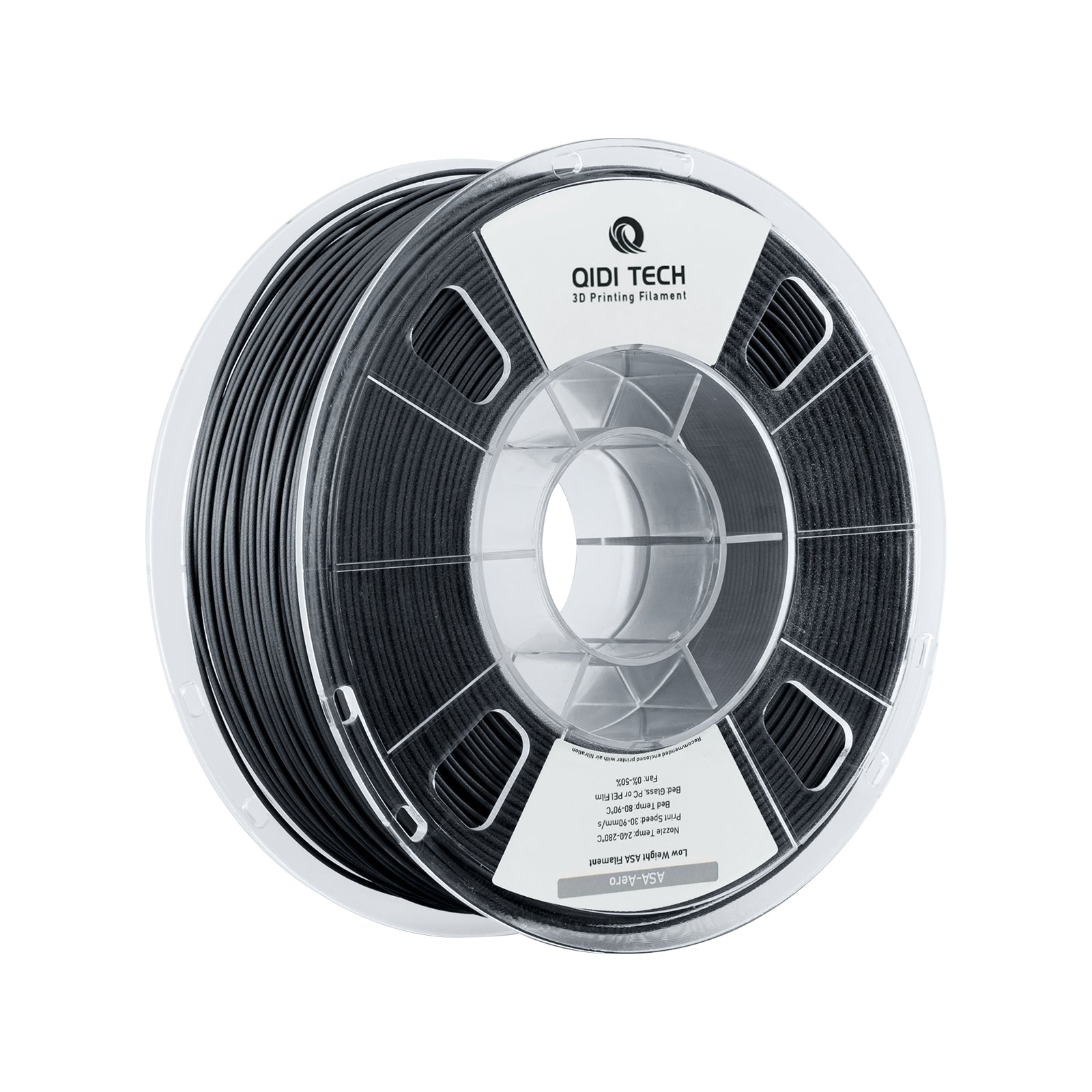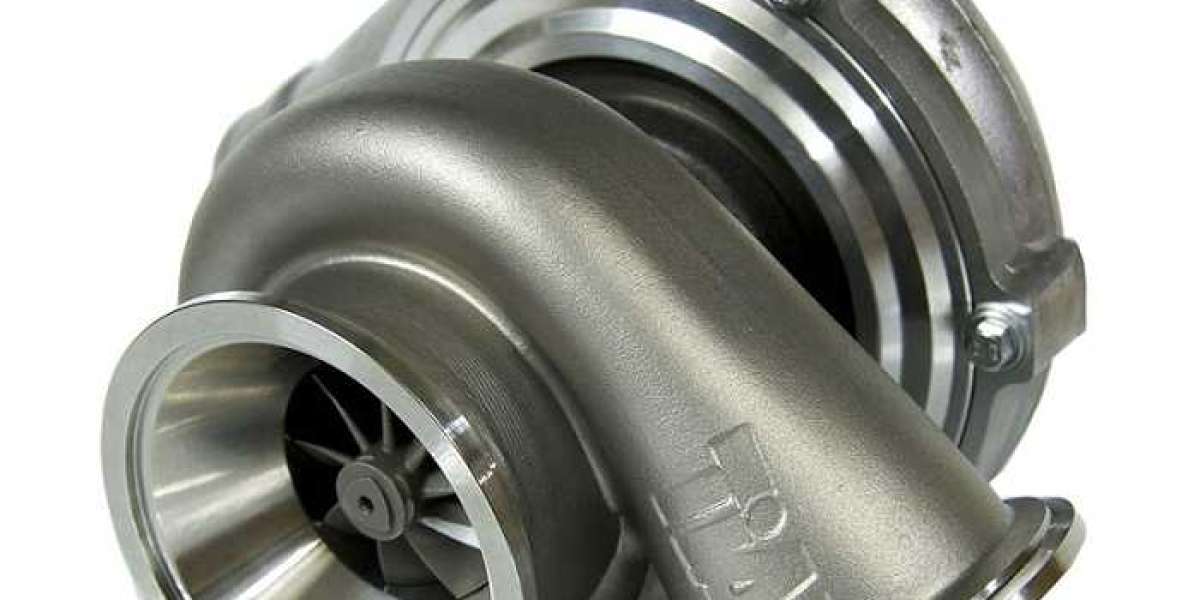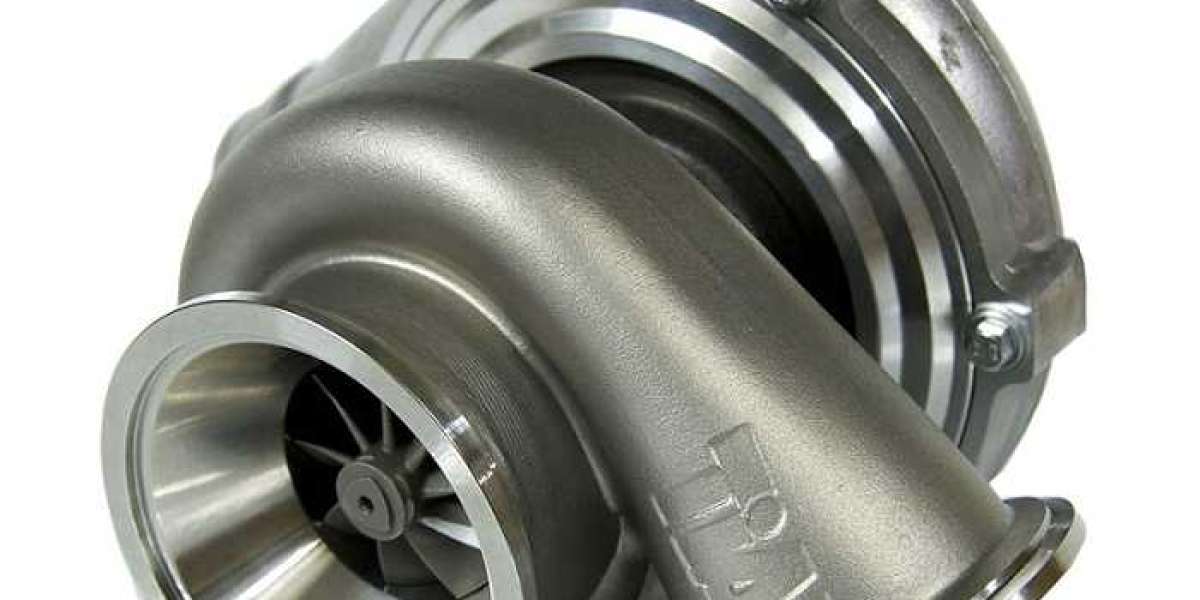In the realm of 3D printing, the choice of filament can significantly influence the quality and durability of the final product. One filament that has gained considerable attention is ASA filament for electronics enclosures. Known for its robustness and resistance to environmental factors, ASA (Acrylonitrile Styrene Acrylate) is an excellent choice for creating durable enclosures for electronic devices.

Why Choose ASA Filament?
When considering materials for electronics enclosures, one might ask, "What makes ASA filament stand out?" The answer lies in its unique properties:
- UV Resistance: ASA filament is highly resistant to UV radiation, making it ideal for outdoor applications.
- Impact Resistance: This filament offers superior impact resistance, ensuring that enclosures can withstand accidental drops or bumps.
- Temperature Stability: ASA maintains its structural integrity across a wide range of temperatures, which is crucial for electronics that may generate heat.
- Aesthetic Appeal: ASA filament is available in various colors and finishes, allowing for visually appealing designs.
Applications of ASA Filament for Electronics Enclosures
So, where can ASA filament be effectively utilized? The applications are vast and varied:
- Outdoor Electronics: Devices exposed to sunlight and varying weather conditions benefit greatly from ASA's UV resistance.
- Industrial Equipment: Enclosures for machinery that require durability and heat resistance are well-suited for ASA.
- Consumer Electronics: From smartphones to gaming consoles, ASA can provide a protective casing that is both functional and stylish.
Printing with ASA Filament
Printing with ASA filament for electronics enclosures does require some specific considerations. For optimal results, ensure that your 3D printer is equipped with a heated bed and an enclosed build chamber. This setup helps to minimize warping and ensures better layer adhesion. If you are looking for high-quality ASA filament, consider checking out  .
.
Conclusion
In summary, the use of ASA filament for electronics enclosures offers numerous benefits, including durability, UV resistance, and aesthetic versatility. Whether you are a hobbyist or a professional, understanding the advantages of ASA can enhance your 3D printing projects. By selecting the right materials, you can ensure that your electronic devices are not only protected but also visually appealing.



